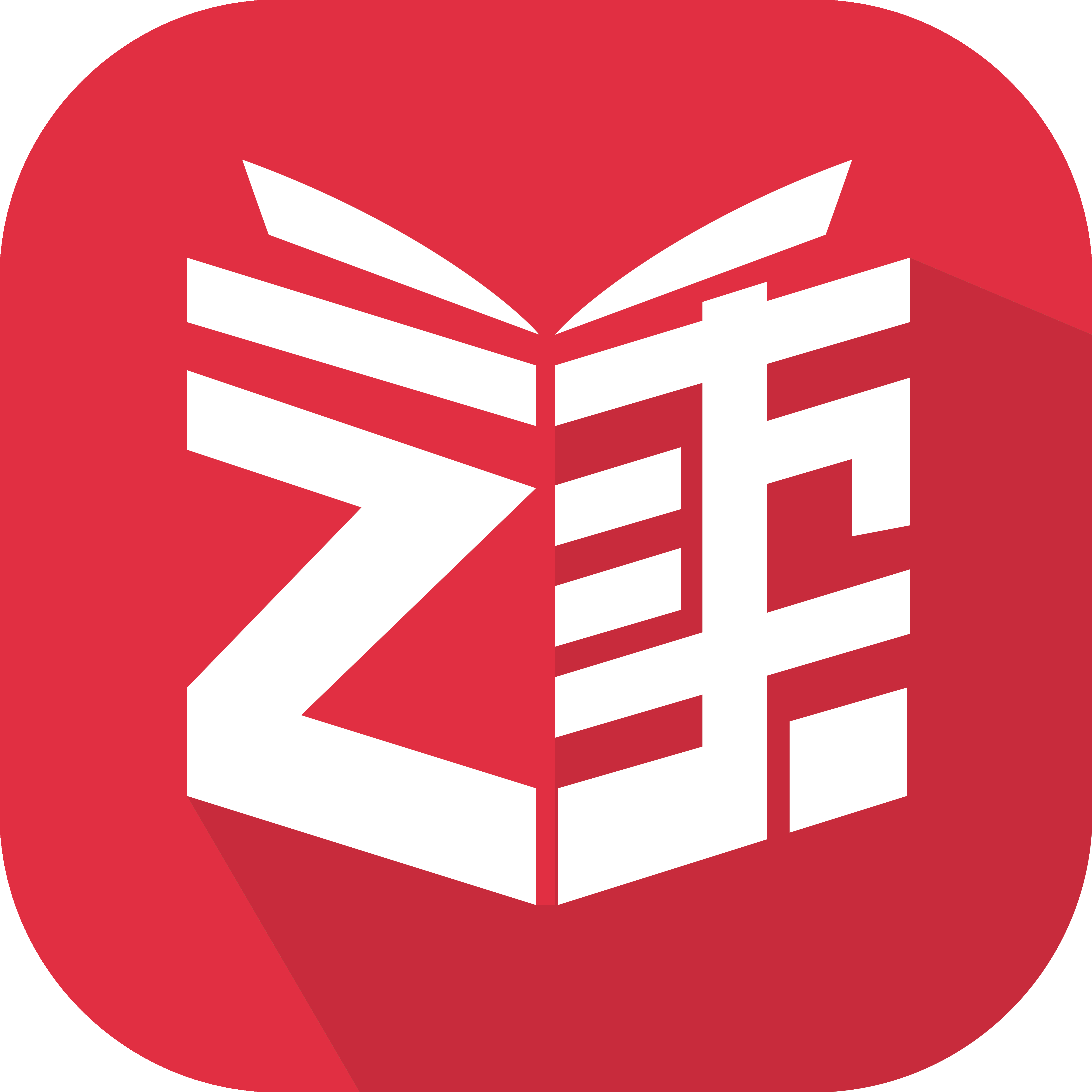How to Choose a Reading on Du Chinese | Chinese Reading Practice
With thousands of articles of different levels to choose from and new releases every weekday, it can be easy to suffer from decision paralysis when trying to choose a reading on Du Chinese. If you’re having trouble finding the best reading to practice Chinese, this blog will get you on the right track!
Choosing a Level
One of the best things about Du Chinese is that whatever level you’re at, you can start reading. Finding the right level is easy: if you find yourself looking up a lot of words, go down a level. If you read one or two lessons in a row without need for any help, feel free to move up a level.
Based on the Extensive Reading (ER) approach, when you find yourself in between levels, we always recommend leaning towards lessons that are easier for you. This way, you can focus more on reading comprehension, rather than interrupting your reading practice to look up too many words. Here’s a guide to our leveling system and how it relates to HSK 2.0 system.

HSK 1: For those just getting started with Chinese

HSK 2: For readers who know basic phrases and are focusing on building vocabulary

HSK 3: For learners who can understand a good amount of basic vocabulary and use simple language

HSK 4: For readers who are comfortable with everyday conversation and are looking to push their language ability

HSK 5: For readers who are comfortable reading about a variety of topics and maintain and improve their reading skills

HSK 6+: For readers who are comfortable reading pretty much anything, want to maintain their fluency, and want to challenge their reading comprehension
The Five Finger Rule
If you’re not sure which level is best for you, a good way to get your bearings is with the “five finger rule”. When beginning a reading, read for one minute and see how many words you run into that you don’t understand. You can get an idea of the difficulty of the text by how many unfamiliar words you encounter. Here’s a guide based on the “five finger rule”!

0 or 1: Far too easy – pick another article

2: A good choice that will give you a reasonable challenge and allow you to learn new words

3: You might need some help, but still a good choice if you’re up for a challenge

4: May be too difficult for you to read on your own

5: Most probably a bit too advanced - try another article
The “five finger rule” can help you figure out what level of article is best for you. From there, you can adjust either up or down depending on the level of challenge you want from your reading! We recommend setting a range between extremely comfortable reading, slightly challenging reading, and moderately challenging reading. For example, if you find that the Upper Intermediate level is where you’re the most comfortable, you can bounce around between Intermediate, Upper Intermediate, and Advanced depending on the amount of energy you want to put into studying that day. It’s important to remember, however, that in the end it’s exposure to the language and the act of reading itself that will benefit you the most!
What type of reading practice are you looking for?
Du Chinese content isn’t limited to single articles. Instead, you can find Chinese content in the form of Courses and original and readapted Stories too. The format you choose can have a big impact on your reading experience, and each comes with unique benefits. Here’s a quick guide to get you familiar with the different types of reading formats that are available.
Single Article or Article from a Collection
Single articles offer the most convenience and flexibility, allowing you to drop in for a quick read. Because articles are usually short and don’t require that much time, you can experiment with articles of different levels depending on the kind of challenge you’re looking for. We also often group articles together in a collection, allowing you to learn more about topics you’re interested in.
Story or Series
If you’re looking for a reading experience where you can get lost in a story and get invested in characters, this format is a great pick! Du Chinese offers original stories written in chapters. These stories are often either completely original, or adaptations of popular stories from the public domain.
Because Stories often feature multiple chapters and can be relatively long, it’s best to read stories that are at a relatively easy level for you. This will allow you to get through the entire arc at a reasonable pace and prevent you from getting pulled out of the story too much. If you really fall in love with a story, we release our longest narratives as series, allowing us to cover even longer narratives.
Course or Course Series
Du Chinese courses are our most structured kind of content, offering an experience similar to what you might find in a textbook.
Because Du Chinese courses are specifically designed to introduce new vocabulary over time, reading courses above your current Chinese level is the best way to get the most out of them, even if it takes a little bit of time to work through them! For even more structure, we also offer courses that belong to a series, which can guide you through even more material.
Finding something to read
With a wide range of content covering different subjects, formats, and Chinese levels, Du Chinese has a lot of material to keep you reading and learning in your free time. You can find Chinese reading practice for any level, whether you are looking for a challenge or a quick read. Exactly how you decide to navigate the app will depend on your needs and level, but hopefully this guide helped you get an idea of how to start! Of course, the best way to explore Du Chinese and get a feel for what kind of reading suits your needs best would be to spend some time exploring our library. Happy reading!







